4 Common Shutter Speed Mistakes That’ll Ruin Your Photos
Posted by admin on
Is there any slice of humble pie quite as potent as coming home, dumping your SD card after a rousing day of shooting, and finding nothing but failure and sadness?
Never let yourself be disappointed again. Your DSLR's shutter speed offers you valuable flexibility in exposure and clarity out in the field. There is no one-size-fits-all prescription, however.
What happens if your shutter speed is too fast or too slow? More importantly: why should you care?
What Does Changing the Shutter Speed Do?
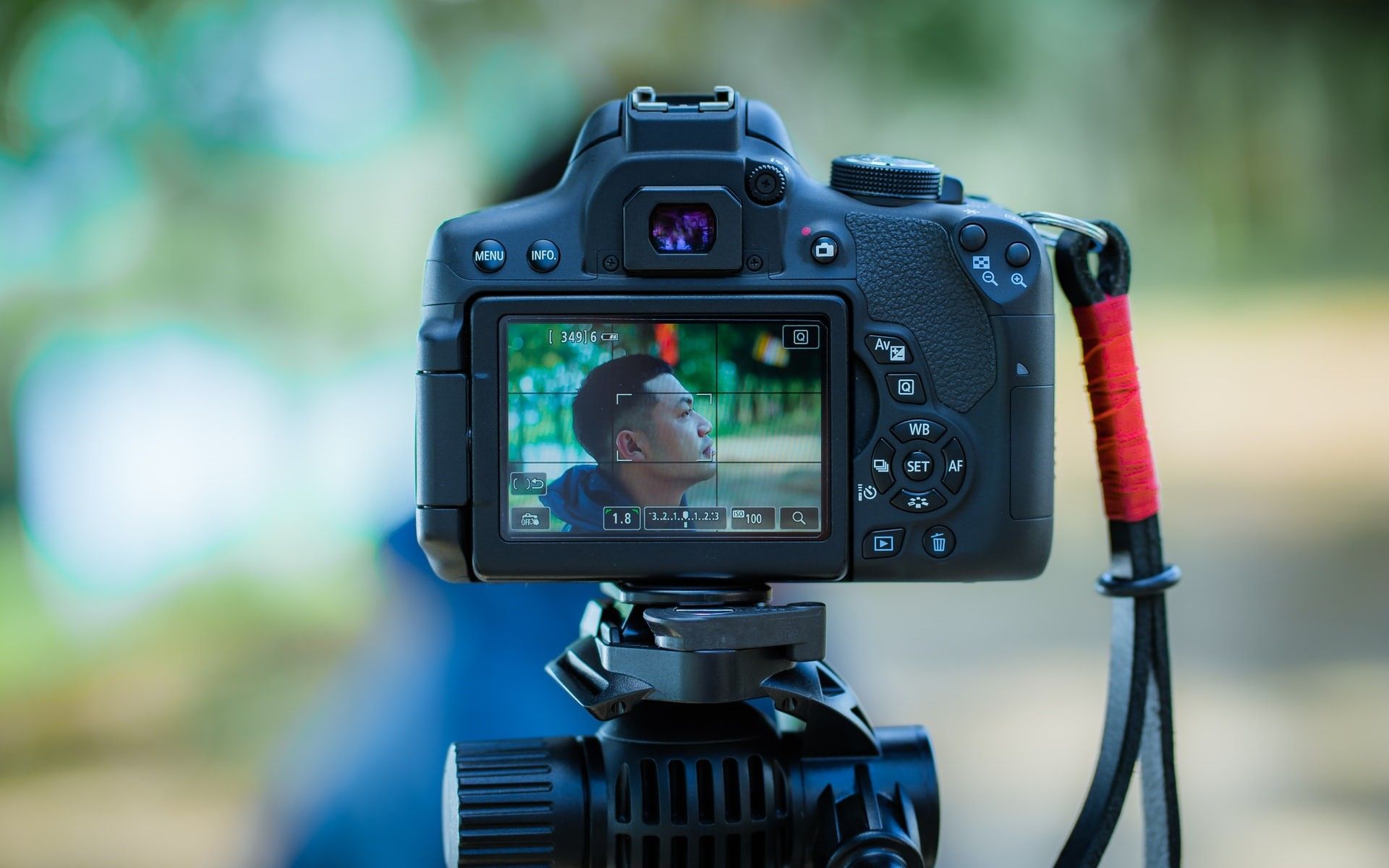
In essence, the shutter is the part of the camera that allows light to hit the sensor for a very short amount of time after you pull the trigger.
What happens if the shutter speed is too high? The image taken may end up too dark. The camera may have trouble communicating with shutter-dependent equipment. You may also find yourself with many photos that are crystal clear, but that may have been taken too quickly to render your intended emotional product.
If your shutter is held open for too long, the photo will likely be too bright and possibly muddled by your own movement or the movement of the subject—this is not ideal.
1. The Image Is Blurry
If your image is blurry and you aren't doing it on purpose, there's a 95 percent chance that your problem is the shutter speed. Too fast, and you steal the subject's spirit. Too slow, and the image will be blurry.
The first question to ask yourself is whether you're handholding the camera. If you are, then you have to realize that no human being—no matter how much control they have over their limbs—is capable of being perfectly still. There's always going to be a little bit of sway and stutter. In fact, some photographers will take advantage of this phenomenon and paint with the light using a low shutter speed.
This is why photographers have come up with a general rule of thumb to mitigate blurriness from handheld shots: take your focal length, turn it into a fraction under one, and that's the slowest shutter speed you should use. Any slower and you're likely to see blur.
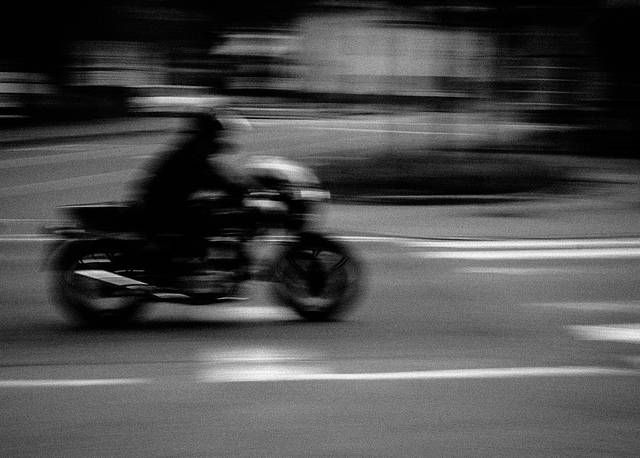
In other words, if your focal length is 30mm, then you shouldn't shoot any slower than 1/30 second. If your focal length is 60mm, then no slower than 1/60 second. Higher focal lengths—about 200mm and beyond—are more sensitive to motion, so you may have to use slightly faster shutter speeds.
If you absolutely need a slow shutter speed and can't get rid of the blur, then you'll need to use a tripod (or set your camera on a platform, such as a book). But before you go out and buy one for yourself, beware that flimsy tripods can still cause minor blurring due to vibrations and such.
Something else to consider: the blur may be caused by how you're pressing the shutter button. If you aren't gentle, you'll move the camera as it takes the shot, thus causing blur. That's why remote shutter releases are so great for long exposure shots and even smartphone selfies.
2. The Image Is Frozen
What happens if your shutter speed is too fast? All photographs are still images, but the funny thing is that an image can sometimes appear to be too still. I'm sure you've seen it before, the difference between a "normal" shot and a "freeze-frame" shot. If your shot feels frozen in time, look at your shutter speed.
In general, the faster your shutter speed, the more it will freeze motion—and the degree of frozen motion will depend on how fast your subject is moving. For example, a walking dog can be frozen at 1/100 second while a running dog might need 1/800 second or faster. Want less freezing? Slow down the shutter.
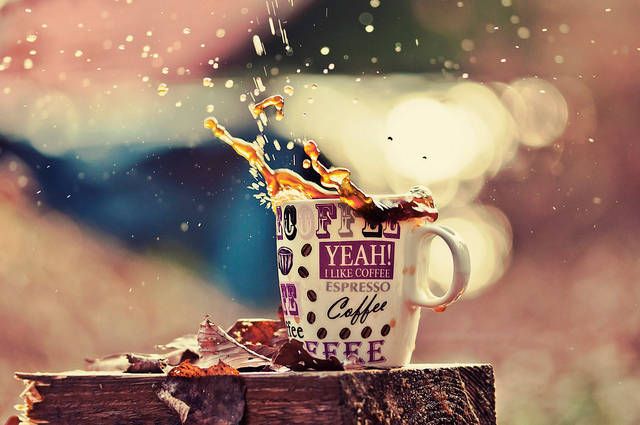
These types of shots are actually really good for high-motion, action-heavy subjects like cars, motorcycles, swimmers, runners, and all kinds of stunt performers. Most of the time, however, you'll want to avoid too fast of a shutter speed because it can look unnatural.
Shutter speed for video counts for more than the rolling shutter effect. When shooting video on a DSLR, the same thing can happen. The video will take on a queasy, uncanny quality if you set your shutter speed too fast.
3. The Image Is Over-Exposed
The slower your shutter speed, the longer the sensor is exposed to light—which means, all other factors being equal, a brighter photo. Too bright and you'll veer into over-exposure territory, and it's hard to recover an image that's been blown out like that.

Exposure from the perspective of the camera is measured in a unit called a "stop." Every time that you halve or double the speed of the shutter, from 1/125th of a second to 1/250th, for example, you increase or decrease the exposure of the image by one stop. This is equal to doubling or halving your ISO, or by widening or narrowing your aperture by one f-stop.
Now, there are many possible ways to fix over-exposure—reduced ISO, smaller aperture, and sometimes even using a different metering mode—but unless you're specifically aiming for a shutter-related effect (e.g. creative blur or motion freezing) then it's best to start by increasing the shutter speed.
But sometimes a slow shutter speed is necessary, such as when you're doing low light photography, taking photos in the dark, and snapping photos of the night sky. It's still possible to over-expose those kinds of shots, but it's less common. Either way, the solution is the same: faster shutter speed.
Related: Some Photography Terms All Photographers Should Know
For video, it's a bit different. On most consumer-level DSLRs, the video shutter speed cannot be set to lower than the frame rate of the video itself. Low-light videography will usually be more aperture-centric, with newer, ultra-sensitive cameras like the Sony Alpha series boasting insane ISO sensitivity that can be harnessed in this way.
One thing that beginners love about DSLRs and similar mirrorless cameras is high shutter speed video. This means that you can go from shooting in broad daylight to ducking into a dark, dank basement, adjusting your shutter speed for video accordingly, often without even pausing during the single, continuous shot.
Once you've exploited this method one too many times, however, you will begin to appreciate the nuances between footage acquired when working spontaneously and reactively, and that which results from shooting deliberately.
4. The Image Is Partly Black
This last common shutter speed mistake involves external flashes and speedlights. If you think that flashes are so fast that it doesn't matter what shutter speed you use, then you'd be correct—for the most part. As it turns out, there's one situation where flashes and shutters do not play well together.
That situation is when your shutter speed is too fast. Every modern camera has a "Flash Sync Speed" spec that states that the fastest shutter speed you can have while using flash.
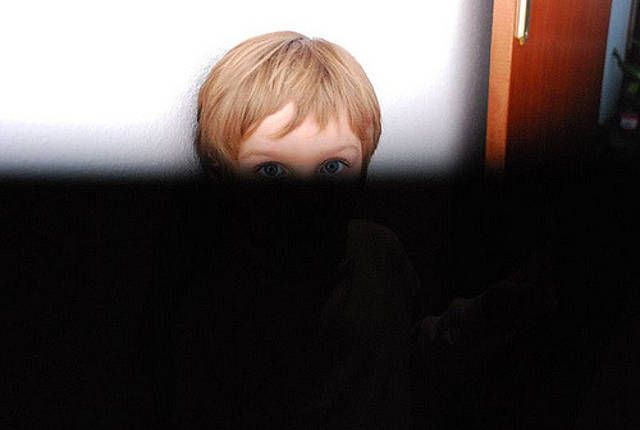
What happens when you flash with a faster shutter speed? You get partially-black images like the one above. This is due to the way that shutters work.
A shutter is two curtains: a top curtain and a bottom curtain. When you snap a shot, the top curtain opens (which exposes the sensor), and then when the shutter speed duration is over, the bottom curtain closes after it.
There are ways to use flash with higher shutter speeds, the most common solution being the "High Sync Speed" feature that you can find on mid-tier and upper-tier DSLRs. If your images are being blacked out and your camera doesn't have HSS, then you'll have to resort to a slower shutter speed.
How to Set Shutter Speed for Shooting Still Images
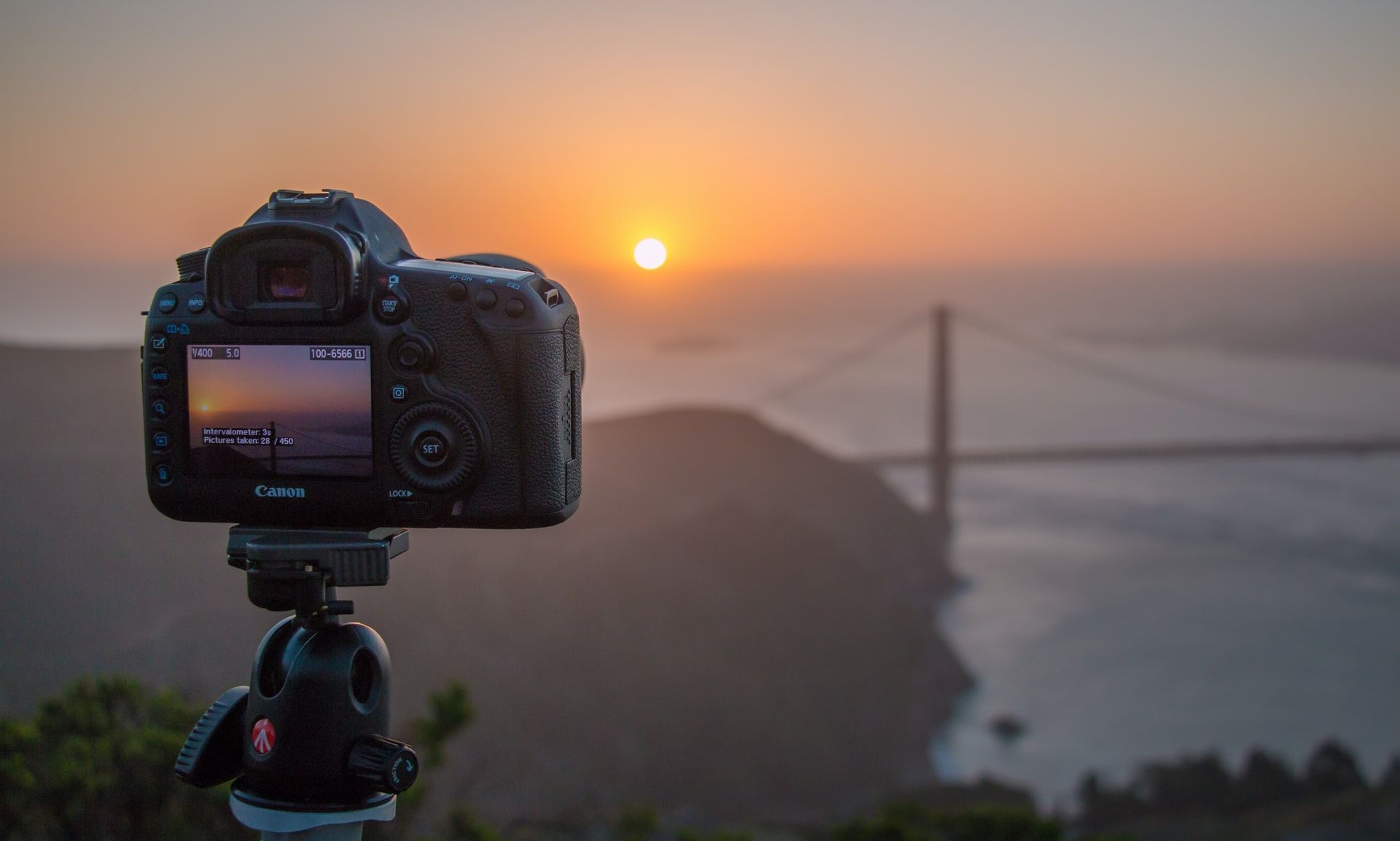
If you've been shooting automatically since taking the camera out of the box, you're likely more than used to seeing your camera's exposure parameters oscillating wildly as you shoot under different conditions.
Before anything else: be sure that your DSLR is set to Manual mode. This is what separates beginners from professional photographers.
Related: What Is Manual Mode in Photography? Why You Should Be Using It
How to Set Shutter Speed on a Nikon
On a Nikon DSLR, you can change the shutter speed by way of the command dial, straight-up. No additional hot-keys will be necessary. The easiest question on the test, without a doubt.
Spin it clockwise for a high shutter speed. Turn it the other way if your shutter speed is already too fast.
How to Set Shutter Speed on a Canon
The shutter on a Canon DSLR can be manually adjusted with the speed dial, not the main one dominating the user-facing side of the camera.
Designed to support the artist working on the edge, Canon also does not require any other buttons to change the shutter speed.
Further Improve Your Photography
Good photography is 90 percent determination and 10 percent perspiration. Or something like that. If you find yourself tapped out in either category, you can certainly supplement your effort with knowledge about the craft.
The most immediately accessible source of this divine knowledge that we speak of? Chances are, your own DSLR is sitting right there, waiting for you to get off of the computer and take it out for another spin. What are you waiting for?
